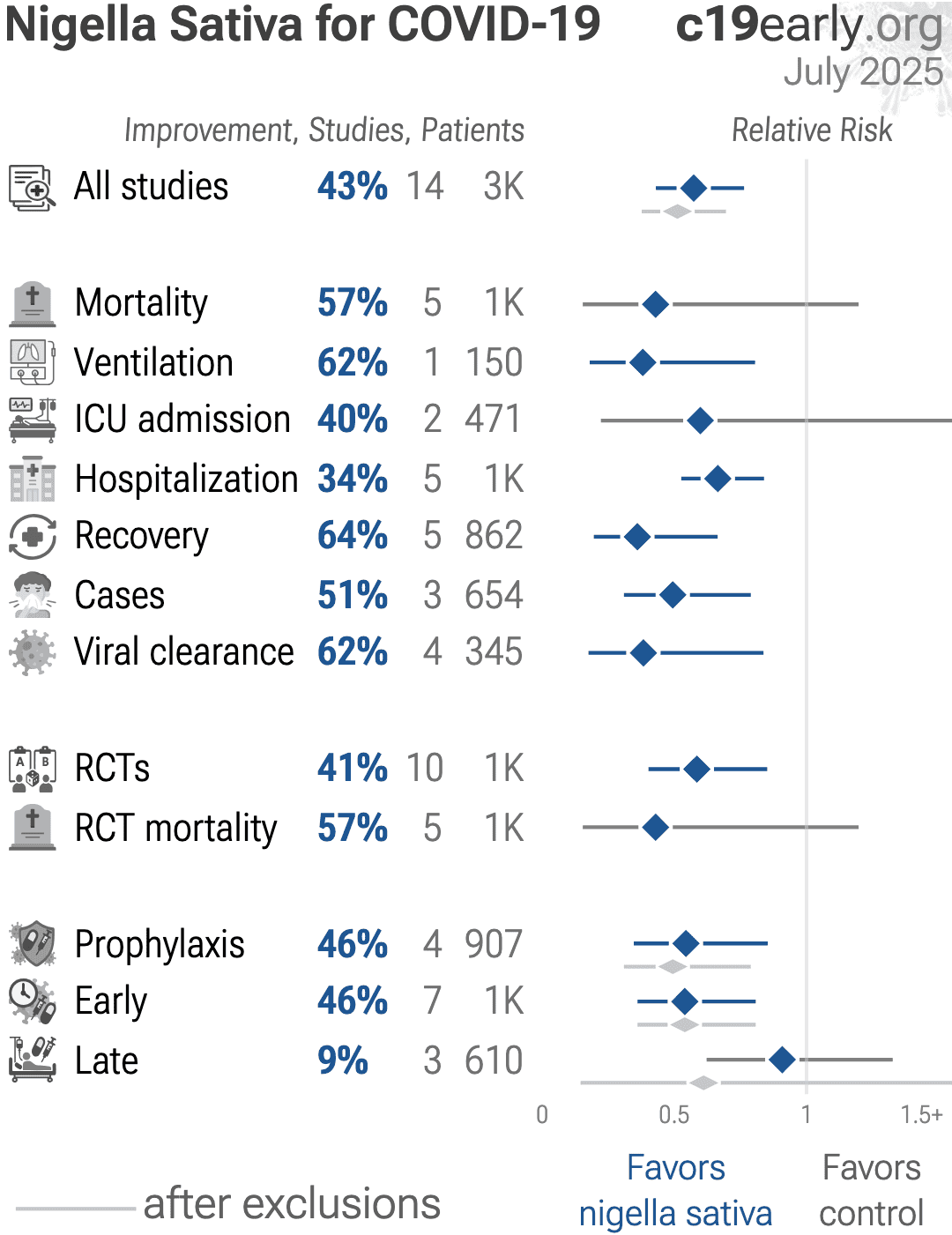In the vast tapestry of Christian tradition, few observances are as cherished as Easter. This celebration, marking the resurrection of Jesus Christ, is not only a time for reflection and joy but also a fascinating case study in the interplay of astronomy and ecclesiastical law. At first glance, the date of Easter—often floating between March 22 and April 25—might seem arbitrary, yet it is intricately woven into the lunar cycles and historical church decisions.
One might pose a playful question: Why ultimately does a celestial body hold such sway over one of Christianity’s most significant festivals? The answer lies in the Church’s historical context and the natural world that it has sought to understand and incorporate into its liturgical calendar.
The methodology for determining Easter’s date stems from the Council of Nicaea, convened in 325 AD. This pivotal assembly established that Easter would be celebrated on the first Sunday following the first full moon after the vernal equinox. Specifically, the Church fixed the equinox on March 21, despite it varying slightly in reality. This mechanism meant that the Church sought to approximate the timing of the Jewish Passover, which is essential, given that the Passion, Crucifixion, and Resurrection of Jesus occurred shortly after Passover.
The relation between Easter and the full moon introduces the concept of lunar cycles into Christian practice. Each ecclesiastical full moon is calculated, allowing Easter to oscillate within its established range. This lunar reliance is a reminder of humanity’s ancient, intrinsic connection to nature. The Israelites maintained similar calendrical practices linked to lunar phases, which the early Church sought to align with. The excitement of this celestial determination highlights a challenge; how does one balance divine practice with natural phenomena?
As we explore the intricacies of this timing, it’s worth delving into the term “paschal,” which refers to the systems and observances surrounding Easter. The term itself derives from the Hebrew “Pesach,” or Passover, underscoring the continuity between these two significant religious events. Understanding this connection is essential. It is not merely about calculation but a recognition of the spiritual significance in commemorating resurrection and liberation.
The term “Paschal full moon” is critical to this discussion. The Church uses a fixed ecclesiastical approximation of the lunar cycle, which deviates from the astronomical reality. In essence, the Paschal full moon is the Church’s method of creating a unified liturgical practice despite the vast differences in lunar observations around the globe. This might seem anachronistic today—especially in our data-driven world. However, during the time of Nicaea, it symbolized a concerted effort to unify diverse Christian communities across different regions.
Another layer to this observance is the impact of the Julian calendar, instituted by Julius Caesar in 46 BC. The Julian calendar introduced a year length of 365.25 days, which, over centuries, resulted in a drift concerning the seasons. As a remedy, Pope Gregory XIII, in 1582, instituted the Gregorian calendar, leading to refinements in the calculation of Easter and other church festivities. This Calendar reform aimed to correct the drift and align the dates of seasonal celebrations more accurately.
One might wonder—how does this ecclesiastical arithmetic affect modern-day celebrations? The challenge remains, as Eastern Orthodox Christians predominantly utilize the Julian calendar, leading them to often celebrate Easter on a different date than their Western counterparts. This divergence presents both an opportunity and a challenge for ecumenism—can differing practices coexist within the broader framework of Christian love and unity?
A significant aspect of this ongoing inquiry is the way these traditions reflect the values at the core of Christian belief. By utilizing celestial bodies to mark holy time, the Church affirms that creation itself plays a role in the divine narrative. The moon, which reflects light in darkness, embodies the hope and revelation brought forth by Christ’s resurrection—a metaphor that resonates deeply within the hearts of believers.
Cultural expressions of Easter—whether through family gatherings, church services, or community feasts—are also bound to these calculations. Many continue to uphold traditional practices reflecting the season’s themes of renewal and rebirth. The spiritual journey marked by these observances serves as a reminder of the cyclical nature of life, much like the cycles of the moon.
Moreover, the theological implications are profound. The determination of Easter’s date encourages reflection on the larger narrative of faith, creation, and redemption. It invites believers to ponder the deeper questions: How does nature reveal God’s character? In what ways does synchronized worship foster a sense of community in diversity?
Yet, even amid these complexities, the core message of hope remains unwavering. Christians worldwide, regardless of the specific date they observe, gather to celebrate the resurrection of Christ—a victory over death and sin. This central theme transcends calendars and cultural discrepancies.
In marrying the celestial with the sacred, the Church has crafted a rich tradition that mirrors the intricacies of life itself. Thus, as we survey the seas of time and faith, we find solace and joy in the promise of resurrection and the certainty of its annual return—a divine appointment with hope, colored by the moon and brightened by the dawn of Easter morn.



